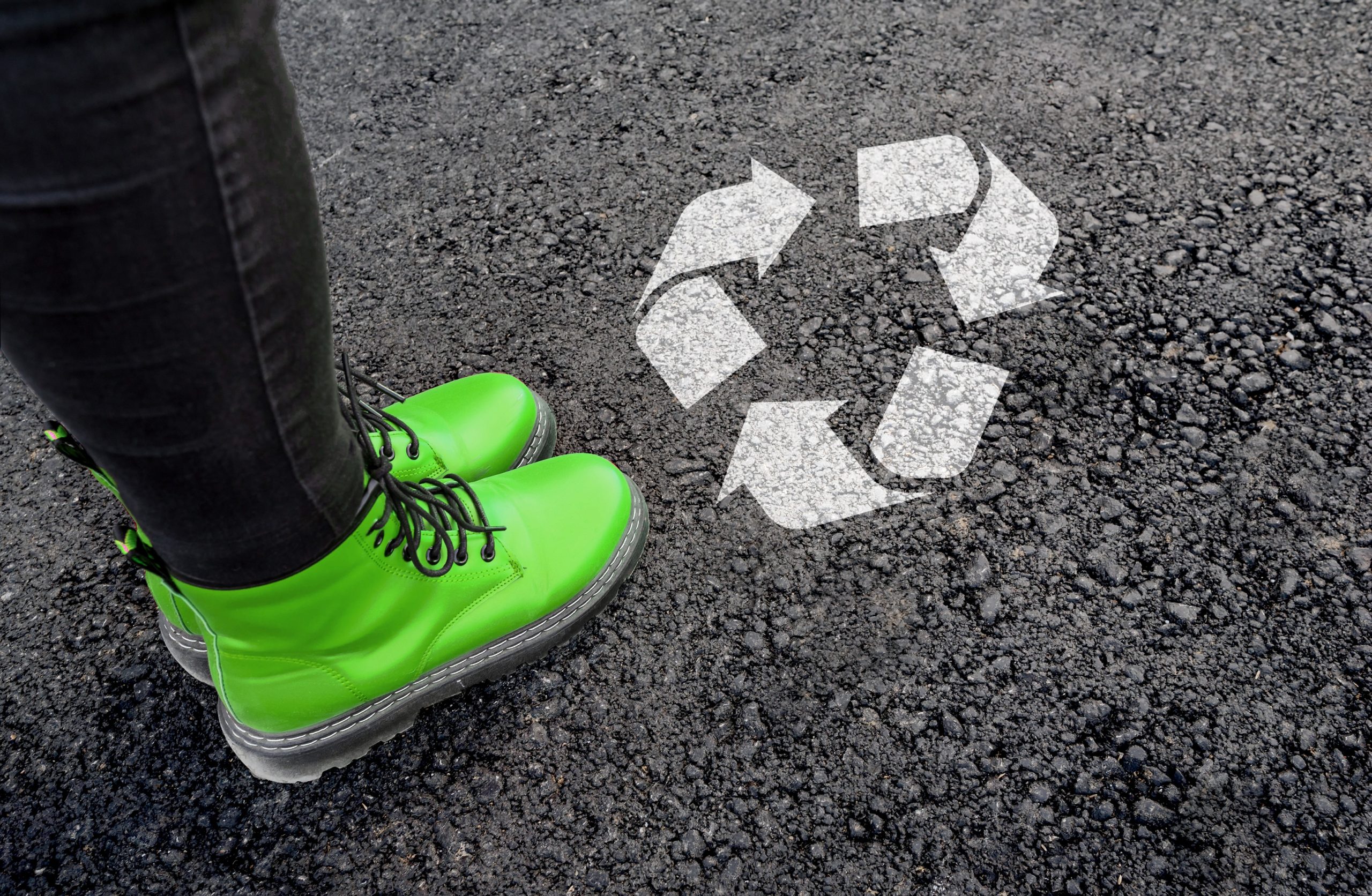Our
Projects
Implementing the Increased use of Reclaimed Asphalt Pavement (RAP)
Project Overview
The global drive towards reusing and recycling continues to inspire efforts towards making the most of existing resources. One effective option currently reclaims asphalt from construction and demolition projects for use in new road construction. Main Roads would like to increase the permissible amount of reclaimed asphalt pavement (RAP) in current specifications. WARRIP has been tasked with investigating the greater utilisation of this resource. With better understanding of WA materials on hand, improved specifications and technical documents there are potential cost savings and environmental benefits to be realised.

Contact Us
The Western Australian Road Research Innovation Program (WARRIP) is a collaborative research initiative between Main Roads Western Australia (Main Roads) and the Australian Road Research Board (ARRB).

